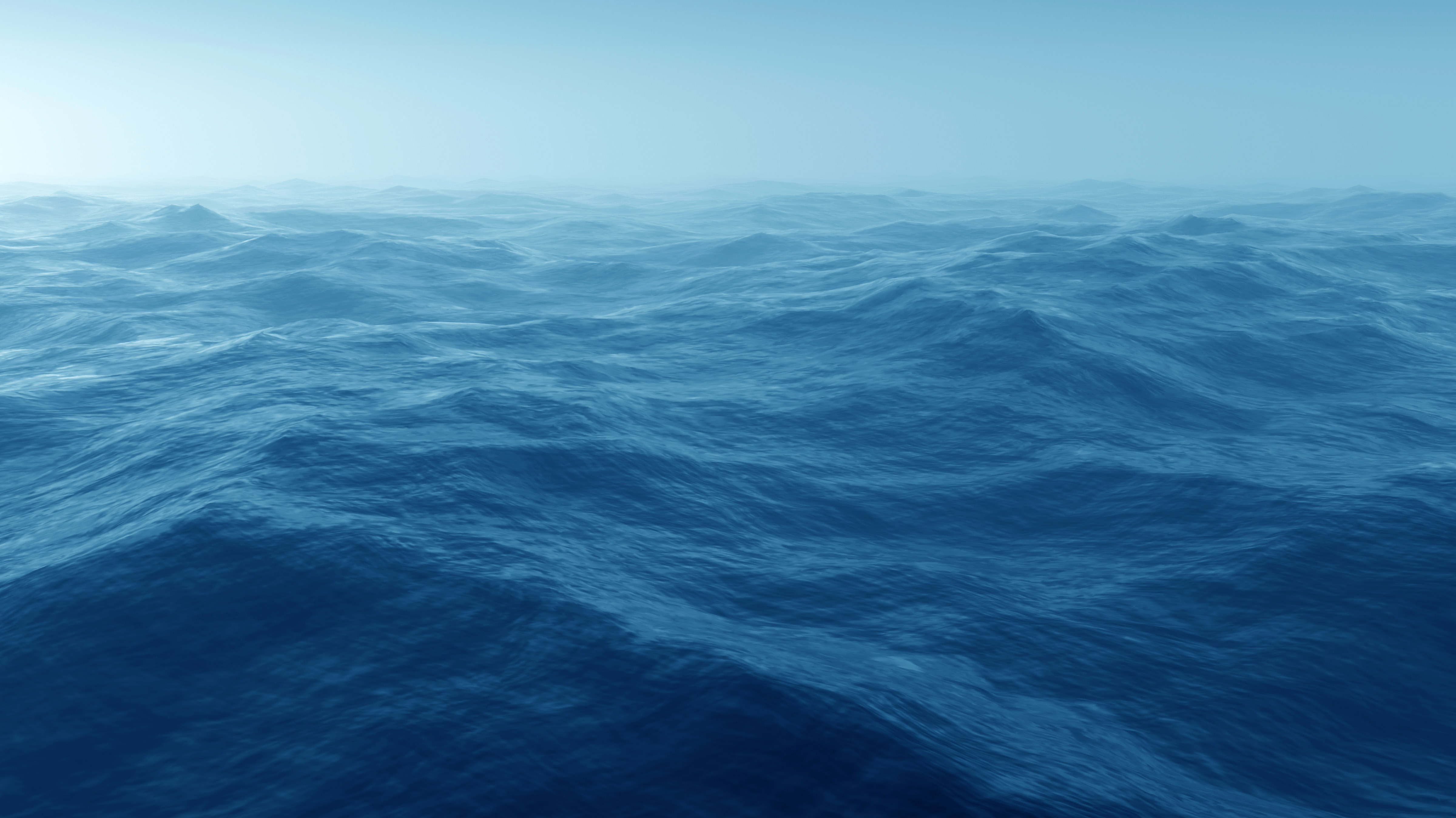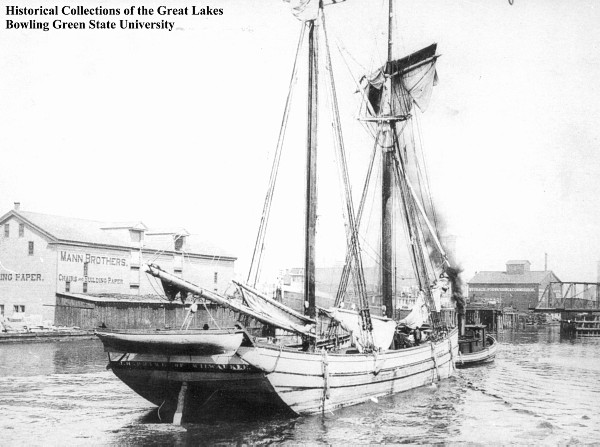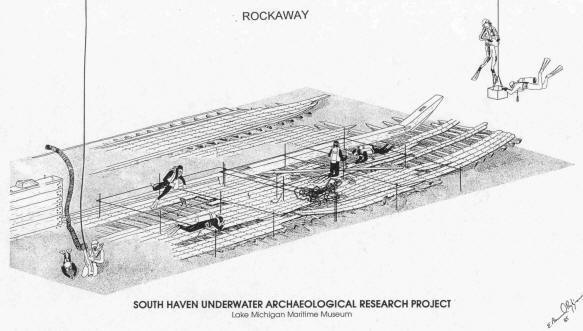N 42° 26.553″, W 086° 18.400″, Just off South Haven harbor, 70′ deep
The Rockaway is a scow schooner, considered a workhorse of the Great Lakes. She was built in 1866 at Oswego, New York and was 107 feet long overall, with a 24 foot beam and a 7 foot depth of hold. For most of her sailing life, the Rockaway carried grain, wood products, coal, salt, produce, and packaged goods on Lakes Ontario and Erie. In 1880, the Rockaway was transferred to Muskegon, Michigan and engaged exclusively in the Lake Michigan lumber trade. It was in that capacity that she was lost. (The image above is that of a similar ship)
On November 19, 1891, the Rockaway encountered a fierce autumn storm while transporting a load of lumber from Ludington to Benton Harbor, Michigan. The Rockaway‘s captain, first mate and crew of four stayed with the stricken vessel until it became waterlogged. All six were rescued just before the ship sank to the bottom, two and one half miles northwest of South Haven.
The wreck of the Rockaway was discovered accidentally in 1983 by perch fishermen, Don Nichols Sr. and Jr., when their anchor became entangled in an underwater obstruction. They asked their relative Bob Nichols to dive the site. Bob discovered that their anchor had hooked the anchor of a shipwreck. The Nichols’ reported the wreck to the Michigan Maritime Museum. The site was the focus of six seasons of archaeological fieldwork administered by the Museum in cooperation with the Michigan Bureau of History and the Department of Natural Resources. The ship was documented in detail and many artifacts were mapped, recovered and conserved. This study has contributed much to our knowledge of Great Lakes scow schooner construction, and the economics of shipboard life during the age of sail.
The remains of the wreck make for an interesting dive. The Rockaway is broken into three major pieces on a level plane in 65 to 70 feet of water. The keelson and centerboard with immediate port and starboard sides are still attached. The ship’s centerline assembly, including keelson, sister keelsons and centerboard trunk is largely intact. The trunk, or centerboard case, stands nearly six feet off the bottom, representing the site’s most prominent feature. The starboard section is broken at the chine and lies parallel and adjacent to the inner starboard section. The 106 foot long outer port section has pivoted away from the keelson at the bow and lies about 30 feet out. The windlass can be found about 35 feet forward of the bow. A turnbuckle and spar are also forward of the bow. There is an interesting chain pile at the starboard bow quarter and a hand lever for operating the windlass on the port side.
Sand “waves” on the bottom indicate strong currents that may cause the sand to cover and expose different parts of the vessel. The bottom is clay with an overburden of sand and small stones. Perch, sculpins, and burbot are frequently found at this site.
Some images used with permission, Historical Collection of the Great lakes, Bowling Green State University.



